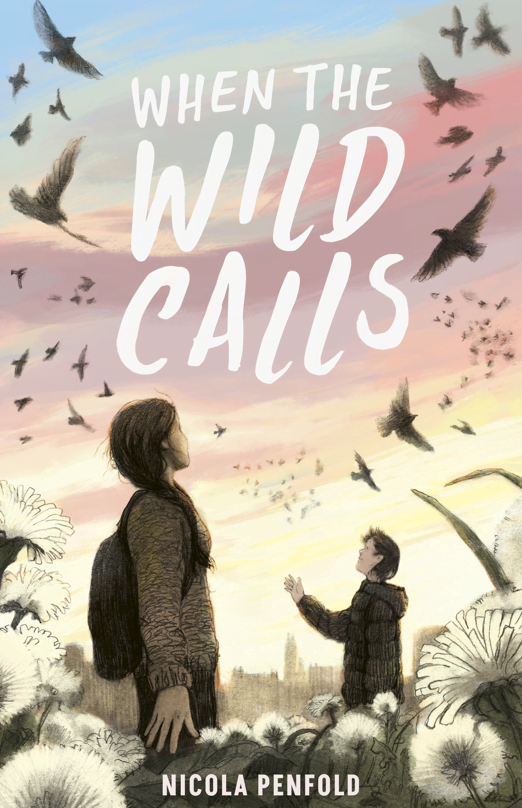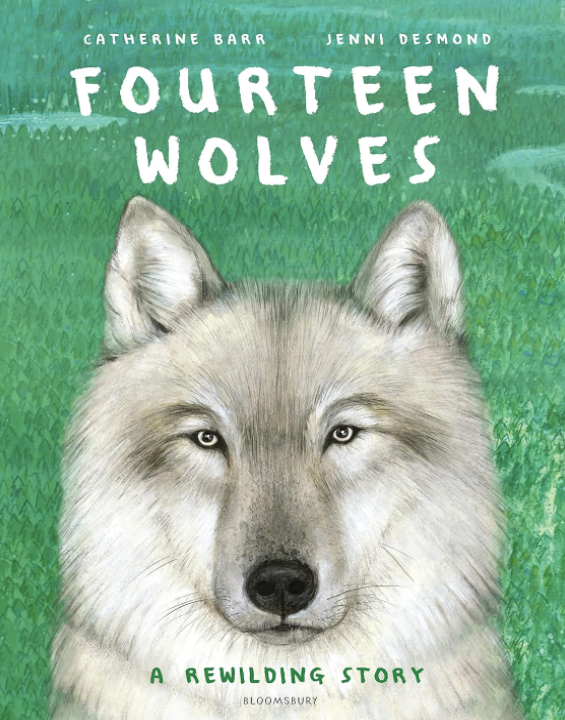When the World Turns Wild was one of my favourite books of 2020. It’s a beautiful, lyrical, gripping dystopian story full of hope and adventure. Today, I’m thrilled to welcome its author, Nicola Penfold, into The Reading Realm to talk about When the Wild Calls!
Over to you, Nicola!

When the Wild Calls is the sequel to my debut novel, Where the World Turns Wild. It’s a return to sibling duo, Juniper and Bear, who are living wild in Cumbria, following their escape from a nature-deprived dystopian city in the first book. It also catches up with Etienne, Juniper’s best friend, who’s still in the city as disease and rebellion start spreading there.
Both these stories feature a disease, carried by ticks, that has separated people from the natural world, effectively locking them in cities for their own protection. The disease wasn’t really the point of the story however, it was a plot device that enabled me to create the exciting nature-rich landscape I wanted. For in my books, in the absence of people, the natural world is flourishing again. It’s rewilded itself.

The organisation Rewilding Britain defines rewilding as “the large-scale restoration of ecosystems to the point where nature is allowed to take care of itself.” But what exactly are the benefits that have made rewilding such a buzz word in recent years?
- Rewilding restores the natural landscapes that are some of our best allies in the fight against the climate crisis. Landscapes like woodlands, peatlands and saltmarshes all soak up huge amounts of carbon dioxide and lock it safely away.
- Rewilding is key in our fight against the biodiversity crisis. As ecosystems repair and flourish, so too do the species that live there. Not just plants and animals, but fungi and bacteria too.
- Rewilded landscapes are less vulnerable to the effects of extreme weather, such as flooding. More vegetation in a landscape soaks up water more quickly, so in storms, less water flows downstream to reach people’s houses. Also, some rewilded areas have reintroduced beavers. Beaver dams slow a river’s flow, again reducing the risk of water reaching people’s homes. Rewilded, species-rich landscapes are also less at risk from wildfires.
- Rewilding offers huge health benefits. There’s lots of evidence that spending time in nature-rich environments is good for us, both physically and emotionally. The more areas that are rewilded, the more people get access to them.
- There are many economic opportunities springing from rewilding, such as jobs in conservation and nature-based tourism.
If you’d like to learn more about rewilding, Nicola has five book recommendations for you!

Fourteen Wolves by Catherine Barr, illustrated by Jenni Desmond. A beautiful non-fiction book about the pivotal role wolves have played in restoring the ecosystem of Yellowstone Park.
Rewild the World at Bedtime by Emily Hawkins, illustrated by Ella Beech. A treasury of good news stories about the natural world, including bringing back beavers in the UK and the rewilded forests of Costa Rica.
Explodapedia: Rewild by Ben Martynoga, illustrated by Moose Allain. An in-depth look at the science and possibilities of rewilding. Out May 2nd 2024.
The Rewilders by Lindsay Littleton. Fiction for 9+. Two children find a lost lynx kitten and set out to return it to the wilds of the Scottish Highlands.
Where the World Turns Wild by Nicola Penfold, now with its sequel When the Wild Calls. Also for 9+.

